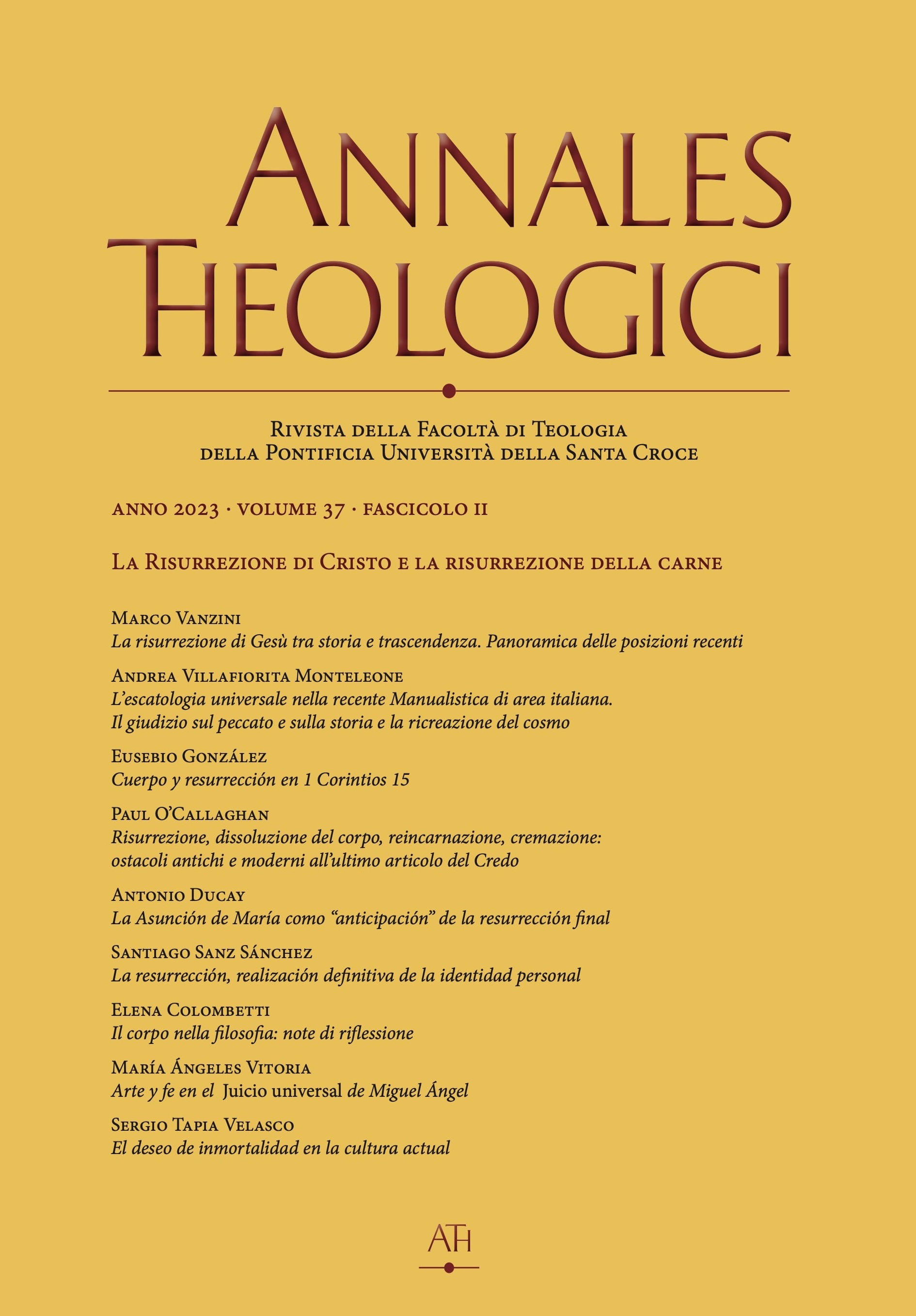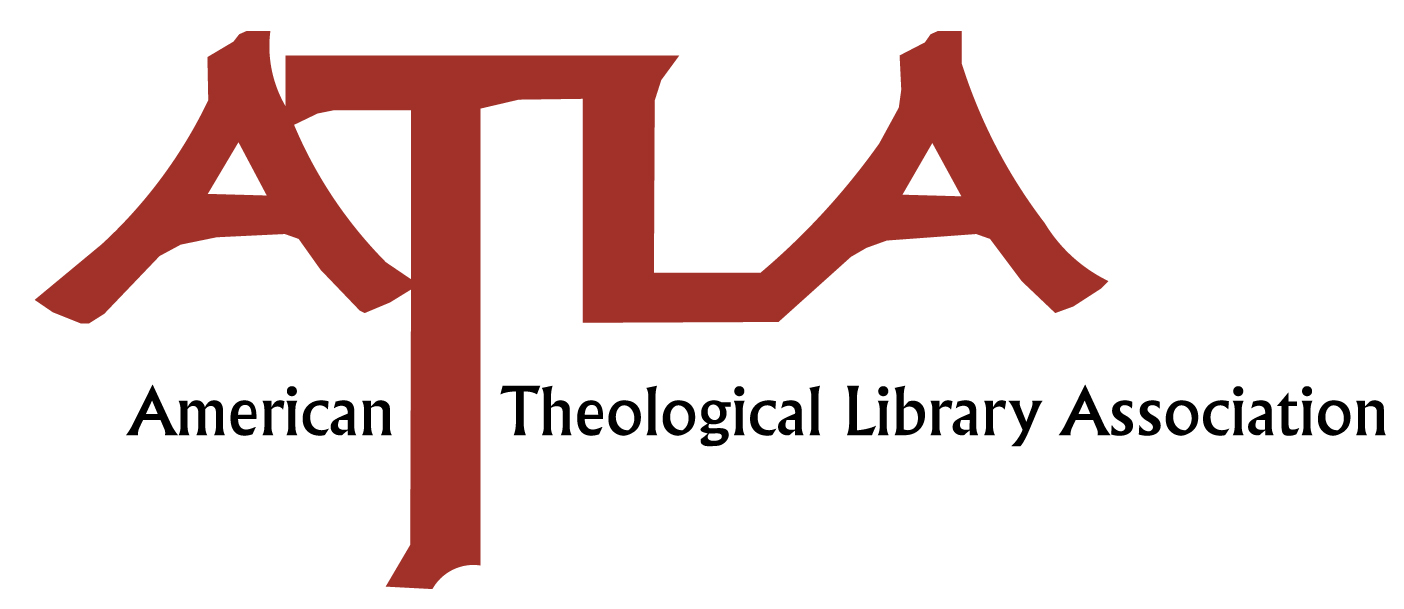Arte y fe en el Juicio universal de Miguel Ángel
DOI:
https://doi.org/10.17421/ATH372202308Keywords:
Michelangelo’s Last Judgment, tradition and iconographic novelty, freedom for pictorial representation, presence of the sense of Mystery, meaning of the nudes, censorship, Counter-reformation, faith and works, PurgatoryAbstract
Michelangelo’s Last Judgment, which decorates the main wall of the Sistine Chapel, is one of the greatest monuments of Christian art. In it, the Tuscan artist pictorially explains the final destiny of man, deciphering – in continuity with the paintings of the Vault – who we are and to what immense happiness we are called. Much has been written about the technical-artistic aspects of this work and about the censures it received from the Congregation of the Council of Trent. Less has been explored, on the other hand, about other dimensions that are linked to the beginning of his pilgrimage towards a profound conversion. In this study I will briefly consider three aspects: the profound sense of wonder at the mystery that Michelangelo wanted to convey to those who contemplated the fresco; the meaning of the nudity of the figures; and the beautiful pictorial response, in total harmony with the faith of the Church, that the Tuscan artist gave to some of the issues discussed at the Council of Trent (guilt and forgiveness, grace and freedom, faith and works, the reality of Purgatory).








